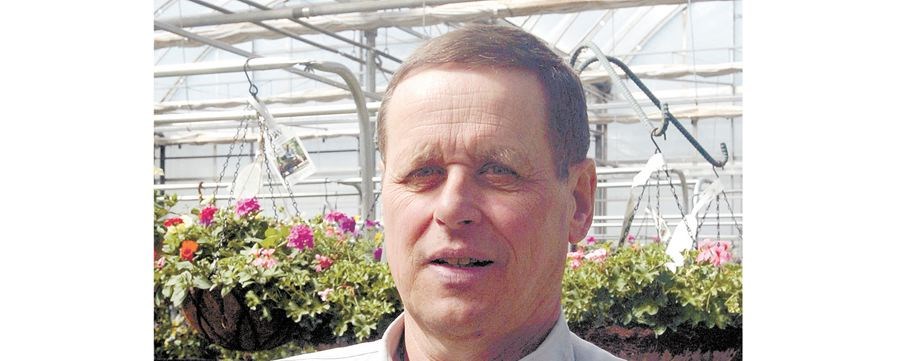The Norfolk Island pine makes a beautiful houseplant especially this time of year. Native to the South Pacific's, it is a tropical evergreen that grows outdoors in warm frost-free climates but in colder climates it is strictly an indoor houseplant. The plant has an attractive fir-like appearance with parallel branches, and short soft green needles somewhat similar to a Christmas tree. During the Christmas season, it can be decorated with mini lights and ornaments, giving it a festive flair.
Norfolk Island pines are an easy plant to care for. They like bright, indirect light. Keep them out of direct summer sun. They like an average humidity so over the winter months when the air is dry place the plant on a water filled pebble tray to raise the humidity around the plant. A pebble tray is a large tray (five to 10 centimetres larger than the pot size of the plant) that is filled with rocks/pebbles and then water. The water level is just below the top level of the rocks so that the plants roots are never sitting in water. The plant is then placed on top of the rocks and as the water evaporates it rises up and creates a higher humidity around the plant. Keep the plant away from heat sources, vents, and fireplaces. They prefer cooler temperatures of 18-20 C during the day and 10-15 C at night.
One problem that can arise with Norfolk Island pines is leaf drop. This is caused by over watering or under watering. Allow the soil surface to go dry before giving the plant a thorough water, using room temperature water. Do not allow the plant to sit in water for any length of time. Discard excess water after 20-30 minutes. Over watering the plant will cause the leaves to turn yellow and fall off. Under watering the plant will cause the leaves to become dry and fall off. Once the lower branches have fallen off, they will not grow back. It is important for the plants health and appearance to be watered correctly.
Norfolk Island pine is not a fast growing plant, so if you are hoping to decorate it for Christmas you may want to start off with a larger sized plant. The plant grows upwards by producing new branches at the top. To keep the symmetrical shape of the plant do not cut off the top of the plant or any of the growing tips. If the plant looks sparse on the bottom due to loss of the bottom branches, another plant can be planted in the same pot to fill in the space.
Fertilize the plant with a well-balanced fertilizer such as 20-20-20. Slow growing plants such as the Norfolk Island pine require less fertilizer. It only needs to be fertilized three-four times per year.
Transplanting is done in the spring when the plant becomes root bound. This may be every three-four years. When transplanting, use a good quality indoor potting soil and only go into a pot one size larger than the plant is currently in. If you want to prevent the plant from becoming too big, leave it in the pot and allow it to become root bound. This will restrict its growth.
Norfolk Island pines are a good choice for a Christmas tree alternative.



